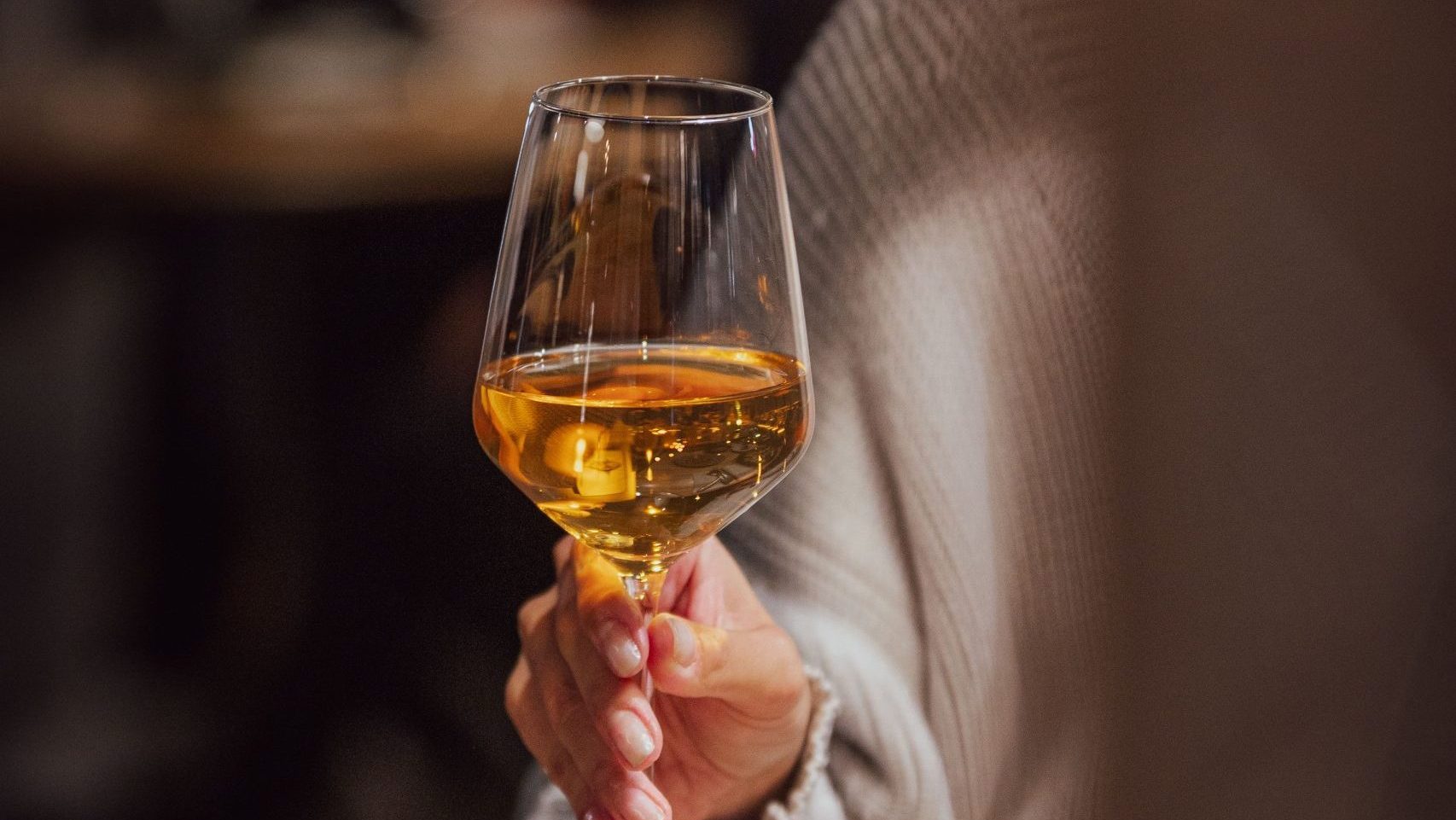
Not all seafood pairs equally well with champagne, but this effervescent beverage offers remarkable versatility across many seafood options. The crisp acidity and delicate bubbles of champagne complement the briny, sweet flavours of most shellfish and lighter fish varieties wonderfully. While certain bold, heavily seasoned seafood dishes might overwhelm delicate champagne profiles, understanding the interplay between the wine’s characteristics and your seafood selection enables beautiful dining experiences that elevate both components.
Can you pair champagne with all types of seafood?
While champagne is exceptionally versatile with seafood, not every pairing works harmoniously. Champagne’s bright acidity and effervescence generally complement seafood’s delicate flavours, but success depends on both the specific champagne style and seafood preparation. Lighter, mineral-driven champagnes work beautifully with raw or simply prepared seafood, while richer styles stand up to creamier or more complex dishes. The goal is balance—neither element should overwhelm the other.
When considering champagne with seafood, think about intensity levels. Just as you wouldn’t pair a light white wine with a robust beef dish, some heavily spiced or rich seafood preparations might overpower more delicate champagnes. The good news is that with the right approach, many wonderful combinations await discovery.
What types of seafood pair best with champagne?
The quintessential champagne-friendly seafood options include oysters, scallops, lobster, and crab. These shellfish varieties share qualities that make them ideal companions: natural sweetness, delicate brininess, and clean flavours that echo champagne’s mineral notes. Raw preparations particularly shine, as the wine’s bubbles cleanse and refresh the palate between bites.
Light white fish such as sole, sea bass, and halibut prepared simply also create wonderful pairings. Their subtle flavour profiles allow champagne’s complexity to shine through without competition. Seafood dishes featuring butter or cream sauces often work remarkably well too, as champagne’s acidity provides a perfect counterbalance to richness.
At Fisken på Disken, we often recommend champagne alongside our fresh oyster selections and delicate seafood starters for precisely this reason—the combination enhances the dining experience through complementary flavours.
Why does champagne work so well with oysters and other shellfish?
The marriage between champagne and shellfish, particularly oysters, represents one of gastronomy’s most celebrated combinations. This harmonious relationship stems from complementary flavour profiles: the mineral, saline qualities in oysters mirror similar characteristics in champagne, creating a natural resonance. Additionally, champagne’s effervescence helps cleanse the palate of the rich, briny flavours of shellfish.
The high acidity in champagne also acts as a natural “squeeze of lemon” that seafood often benefits from, brightening flavours while cutting through any richness. This is particularly noticeable with crab, lobster, and other shellfish that possess natural sweetness. The textural contrast between creamy shellfish and crisp, bubbling champagne creates a sensory experience greater than the sum of its parts.
Scientifically speaking, the combination works because the amino acids present in shellfish interact favourably with the acids in champagne, creating new flavour compounds that aren’t present in either component alone.
What seafood should you avoid pairing with champagne?
While champagne works admirably with many seafood varieties, certain preparations pose challenges. Heavily smoked fish can overpower champagne’s nuances, making neither element shine. Similarly, seafood with intensely spicy preparations—particularly those featuring chilli heat—can clash with champagne, as the alcohol can amplify the perception of spiciness while the delicate flavours of the wine disappear.
Oily fish like mackerel or sardines, especially when prepared with bold accompaniments, may overwhelm most champagnes. These robust flavours typically pair better with more substantial still wines. Seafood in heavy tomato-based sauces can also create discord, as the acidity from both the sauce and champagne can compete rather than complement each other.
Very sweet seafood preparations, such as those glazed with honey or teriyaki, generally don’t harmonize well with dry champagne styles. The contrast between the dish’s sweetness and the wine’s dryness can create dissonance rather than balance.
Champagne and seafood pairing principles to remember
When creating champagne and seafood pairings, several guiding principles help ensure success. First, consider intensity matching—delicate seafood calls for lighter champagne styles, while richer preparations need fuller-bodied options. The cooking method matters significantly; raw or steamed seafood typically pairs wonderfully with most champagnes, while fried preparations require wines with more substance.
Sauce considerations are crucial—butter and cream-based sauces generally work beautifully with champagne, while heavily reduced or intensely flavoured sauces may compete with the wine. Consider champagne as both complement and contrast; it can mirror briny, mineral qualities in seafood while its acidity provides counterpoint to richness.
Temperature also affects pairing success. Properly chilled champagne (around 8-10°C) showcases the wine’s structure best, allowing it to refresh between bites of seafood. Finally, remember that personal preference ultimately matters most—these guidelines provide a starting point, but your palate should be the final judge.
For a truly memorable wine and dine experience, we welcome you to explore these principles firsthand at Fisken på Disken, where our selection of champagnes complements our fresh, seasonal seafood offerings perfectly.
